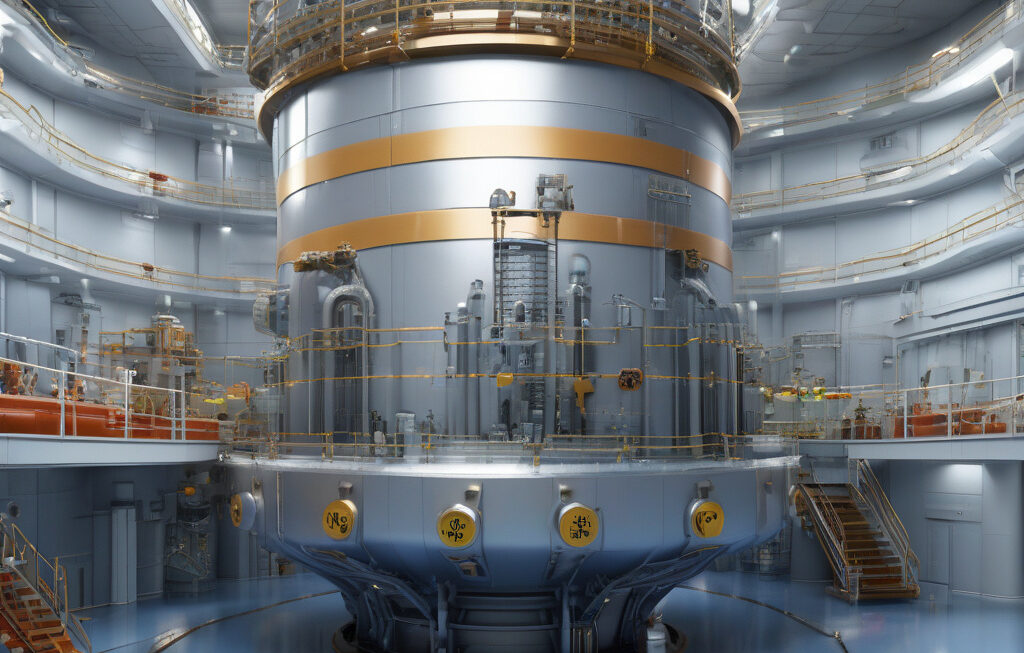China Surpasses US in Nuclear Energy Race with Approval of 10 New Reactors and Record Capacity
China has approved a series of new nuclear power projects, including Phase III of the Taishan Nuclear Power Plant, which will make the country a global leader in nuclear energy production. With 10 new reactors in the pipeline, China is set to overtake the United States in the nuclear energy race, showcasing its commitment to clean energy and reducing carbon emissions.
The decision to expand its nuclear energy capacity comes as no surprise, considering China’s efforts to shift towards more sustainable energy sources. By investing in nuclear power, China aims to reduce its reliance on coal and decrease greenhouse gas emissions, in line with its climate goals.
One of the key projects driving China’s nuclear ambitions is the Taishan Nuclear Power Plant Phase III, located in Guangdong province. This project, which is a collaboration between China General Nuclear Power Group (CGN) and Electricite de France (EDF), will add two new European Pressurized Reactors (EPR) to the existing plant. Once operational, the Taishan Nuclear Power Plant Phase III is expected to have a record capacity, further solidifying China’s position as a global nuclear energy leader.
In addition to the Taishan project, China has also approved the construction of multiple new reactors across the country. These include projects in Zhejiang, Fujian, and Guangdong provinces, among others. With these new developments, China is on track to significantly increase its nuclear energy capacity in the coming years.
The approval of these new projects highlights China’s strategic approach to energy production and its focus on reducing carbon emissions. By investing in nuclear power, China is not only diversifying its energy mix but also ensuring a more sustainable future for its citizens.
Furthermore, China’s advancements in nuclear energy have broader implications for the global energy landscape. As the world looks to transition to cleaner energy sources, China’s leadership in nuclear power sets an example for other countries to follow. By investing in nuclear energy infrastructure, countries can reduce their carbon footprint and meet their climate targets more effectively.
Despite the potential benefits of nuclear energy, concerns remain around safety and waste management. However, China has made significant investments in enhancing the safety of its nuclear facilities and developing advanced technologies for nuclear waste disposal. By prioritizing safety and sustainability, China is addressing these concerns and paving the way for a more secure nuclear energy future.
In conclusion, China’s approval of 10 new nuclear reactors and record capacity demonstrates its commitment to clean energy and sustainable development. By investing in nuclear power projects like the Taishan Nuclear Power Plant Phase III, China is not only leading the global nuclear energy race but also setting a precedent for other countries to follow. As the world transitions to a more sustainable energy future, China’s advancements in nuclear energy will play a crucial role in shaping the global energy landscape.
China, Nuclear Energy, Clean Energy, Sustainable Development, Climate Goals












